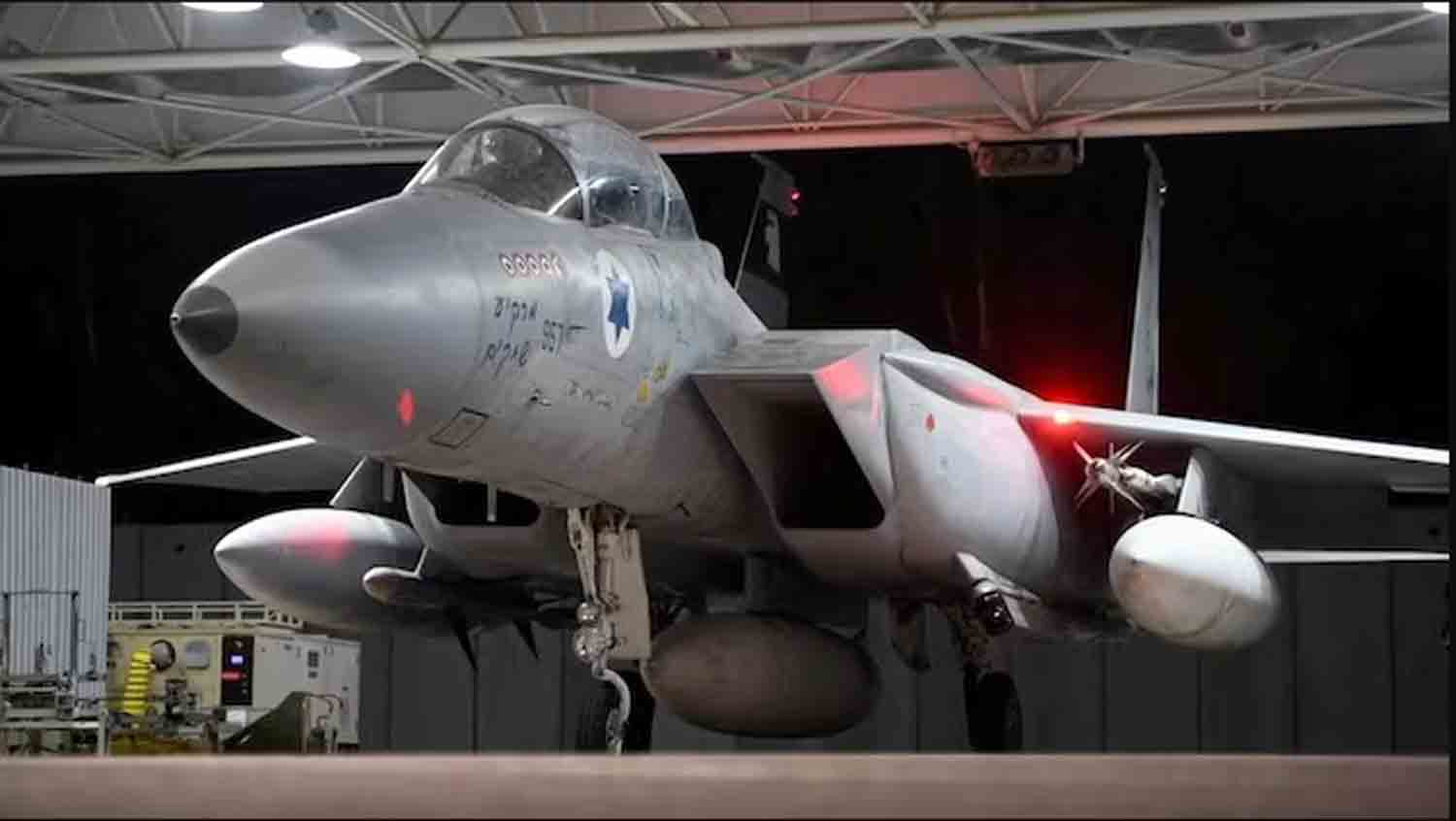Israel’s strategic deployment of air-launched ballistic missiles in its airstrikes against Iran is likely to attract attention from other nations considering similar capabilities, particularly as most major powers have opted for cruise missiles and glide bombs instead. The Israel Defense Forces reported that their operation on October 26 successfully targeted Iranian missile production facilities and air defense systems through a series of three coordinated strikes. Analysts noted that satellite imagery indicated the strikes hit structures previously associated with Iran’s nuclear program.
Tehran employs a wide array of anti-aircraft systems to protect these sites, according to Justin Bronk, an expert in airpower and technology at the Royal United Services Institute in London. While cruise missiles are more vulnerable to sophisticated, integrated air defense systems, ballistic missiles present a different challenge. They are typically launched from known locations and have limited maneuverability during flight.
Experts highlight that advanced air-launched ballistic missiles, such as the Rampage developed by Israel Aerospace Industries, circumvent the limitations faced by ground-based ballistic missiles and air-launched cruise missiles, which rely on small wings for extended range and altitude maintenance.
Jeffrey Lewis, director of the East Asia Nonproliferation Program at the James Martin Centre for Nonproliferation Studies at the Middlebury Institute of International Studies in California, stated, “The primary benefit of an air-launched ballistic missile (ALBM) compared to an air-launched cruise missile (ALCM) is its superior speed in overcoming defenses. However, the issue of accuracy appears to have been largely addressed.”
Ground-launched ballistic missiles, which Iran has employed in attacks against Israel this year and which have been utilized by both Ukraine and Russia since the onset of Russia’s invasion in 2022, are prevalent in the military inventories of numerous nations. Cruise missiles are also widely available.
The flexibility of launch points for ALBMs, as they are deployed from aircraft, provides significant advantages for strike planners. Uzi Rubin, a senior researcher at the Jerusalem Institute for Strategy and Security and a key figure in the development of Israel’s missile defense systems, noted, “The benefit of air-launching is that these missiles can be deployed from various directions, making it more challenging to defend against them.”
While these weapons are not impervious to air defense systems—evidenced by the successful interceptions of Russia’s Khinzhal missiles by Lockheed Martin’s Patriot PAC-3 systems in Ukraine—many nations, including the United States and the United Kingdom, explored the potential of ALBMs during the Cold War. Currently, only Israel, Russia, and China are known to actively deploy these systems.
The U.S. has conducted tests on a hypersonic ALBM, the Lockheed Martin AGM-183, but it did not receive funding for the 2025 fiscal year. Given its extensive inventory of cruise missiles and other long-range strike capabilities, the U.S. has shown limited interest in pursuing ALBMs. A U.S. Air Force official, who requested anonymity, indicated that ALBMs are not part of current Air Force operations.
Raytheon’s SM-6 missile, originally designed for air defense, has been adapted for air-to-air and surface-to-surface operations, and has also undergone testing as an air-launched anti-ship weapon, according to a senior U.S. defense technical analyst who requested anonymity due to the sensitive nature of the information. The analyst noted that during tests, the missile successfully hit a small land target simulating the center of mass of a destroyer, although the SM-6 is not officially designated for air-to-ground attacks.
A defense industry executive, speaking on the condition of anonymity due to the delicate nature of the topic, remarked that since air-launched ballistic missiles (ALBMs) combine guidance systems, warheads, and rocket motors, many nations with precision weaponry already possess the capability to develop such systems. “This represents an innovative approach to utilizing a common set of technologies and components, transforming them into a highly effective new weapon that enhances their capabilities and options at a cost-effective price,” the executive stated.
Discover more from Defence Talks | Defense News Hub, Military Updates, Security Insights
Subscribe to get the latest posts sent to your email.





